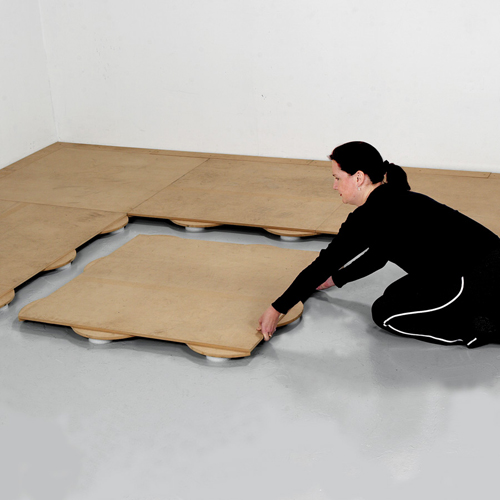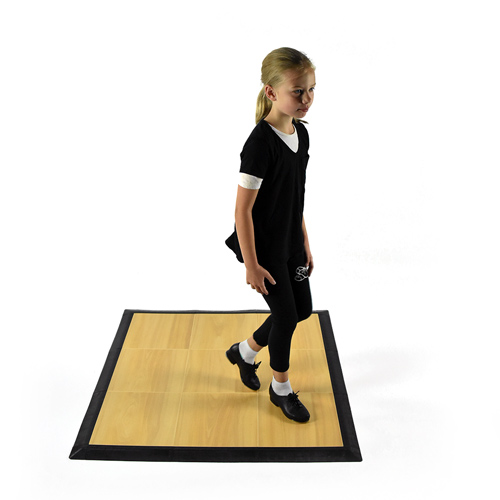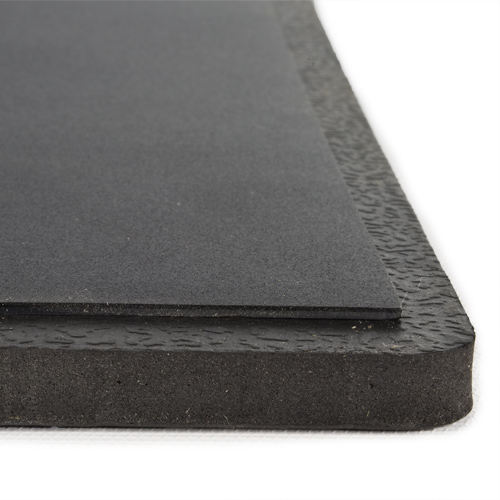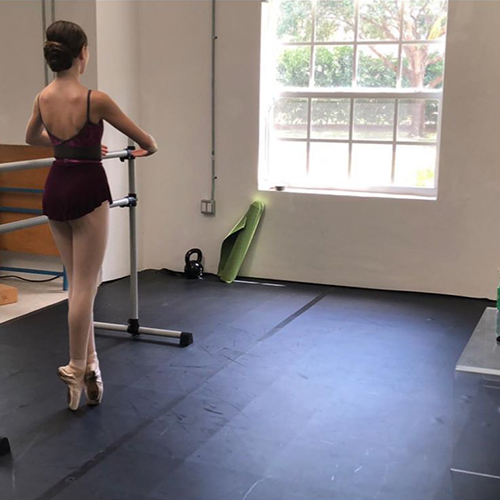How Much Thickness Should You Plan For A Dance Floor?
Related Product: Rosco Reversible Dance Floor 5.25 Ft Wide Custom Cut per LF
Some dance surfaces need to provide a high level of cushion for dancers. For others, a sure footing to eliminate slips may be more important.
You also should study the area where the installation will take place. Will you need clearance to swing open a door over the top of the floor? Are you concerned about an exposed edge of a raised floor creating a trip hazard?
No matter what kind of dance flooring thickness needs you may have, we have products in stock that provide a safe, durable, and responsive flooring surface.
Maximum Cushioning
When seeking a high level of cushion in your flooring, you have a few options for the product, based on how much dance flooring thickness you want.Some of our customers select a rubber subfloor underlayment. This is a rubber roll that fits underneath marley floor or another type of dance floor. The rubber has a good level of cushioning, which offsets the lack of cushion in thin and firm vinyl material used in marley flooring - especially over concrete.
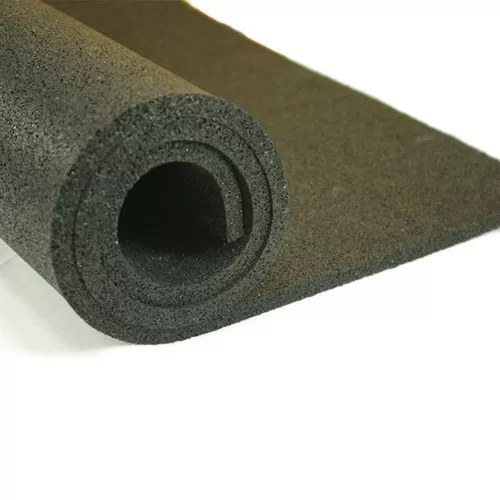 You can find a 6 mm underlayment roll (almost 1/4 inch in thickness) or an underlayment roll that measures 1/2 inch in thickness.
You can find a 6 mm underlayment roll (almost 1/4 inch in thickness) or an underlayment roll that measures 1/2 inch in thickness.
When using a marley floor with a rubber underlayment, you’ll end up with a dance flooring thickness of between about 0.25 inches and 0.55 inches.
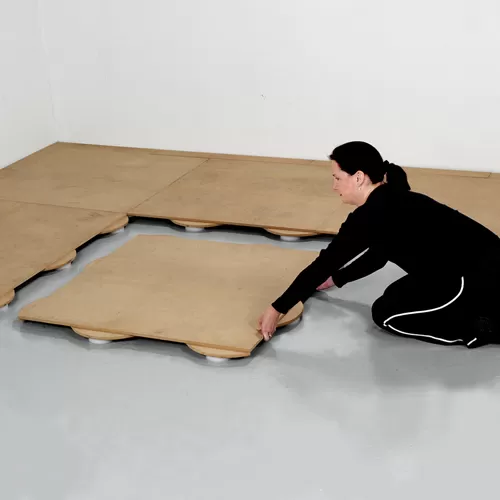 At the other end of the subfloor thickness spectrum is the Sprung Dance Floor. This flooring is suitable for a performance or practice session. The sprung floor consists of individual tiles, and each tile interlocks with the others.
At the other end of the subfloor thickness spectrum is the Sprung Dance Floor. This flooring is suitable for a performance or practice session. The sprung floor consists of individual tiles, and each tile interlocks with the others.
It uses foam pads attached to the bottom of each panel that deliver resilience, creating a flooring that flexes to absorb impact when a dancer moves or leaps. But it also has a durable build quality that gives dancers a sure and sturdy footing.
The sprung floor panels each are about 2 inches in thickness.
For dance subfloor options that occupy the middle ground Greatmats offers a variety of eva foam, foam/plastic and rubber/plastic combo subfloor options.
Reliable Footing
When your dancers need a sure footing, marley dance flooring is a great choice.
For ballet dancers who need to perform a controlled slip type of movement, we offer the Rosco Dance Floor Reversible Custom Per LF roll. This material has a semi-matte and non-skid finish atop the vinyl, which is perfect for use with ballet slippers.
A roll of marley floor will have thickness measurement options between about 1.5 mm (which is about 0.06 inches) to roughly 3 mm (about 0.12 inches).
You can lay the marley directly over the top of a hard subfloor, which means it will not have much cushioning. However, it is a good choice in areas where you cannot have a significant amount of dance flooring thickness, such as when you need the clearance space to be able to open a door into the room where the marley is installed.
If you choose to use one of the subfloor options mentioned above, you'll want to make sure your door either opens away from the dance floor or you leave space around the door for it to open.
Eliminating Tripping Hazards
When considering different dance flooring thickness measurements, another consideration is how to avoid tripping hazards.If you choose a thick type of flooring, such as one that’s 0.5 inches in thickness or more, and you have an exposed edge, people could trip over the edge as they’re moving through the room.
In these cases you'll want to use a ramped border (or reducer) to reduce the chance of tripping over the edge of the floor.
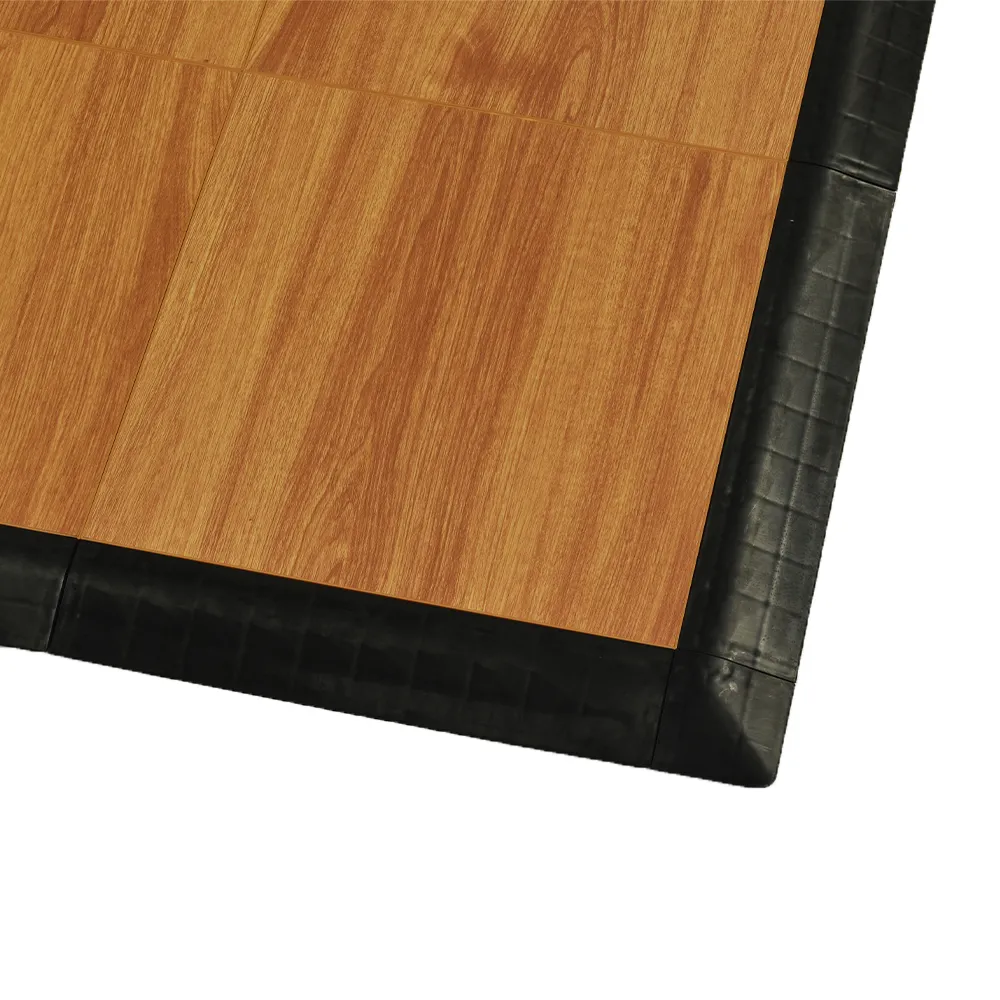 For tap dance practice at the studio or at home, you could make use of the Tap Dance Floor Portable Kit, which creates a 3x3 foot dance area. These tiles measure 5/8 inches in thickness, but they ship with a ramped borders to attach around the edging, eliminating the tripping hazard created during the island installation.
For tap dance practice at the studio or at home, you could make use of the Tap Dance Floor Portable Kit, which creates a 3x3 foot dance area. These tiles measure 5/8 inches in thickness, but they ship with a ramped borders to attach around the edging, eliminating the tripping hazard created during the island installation.
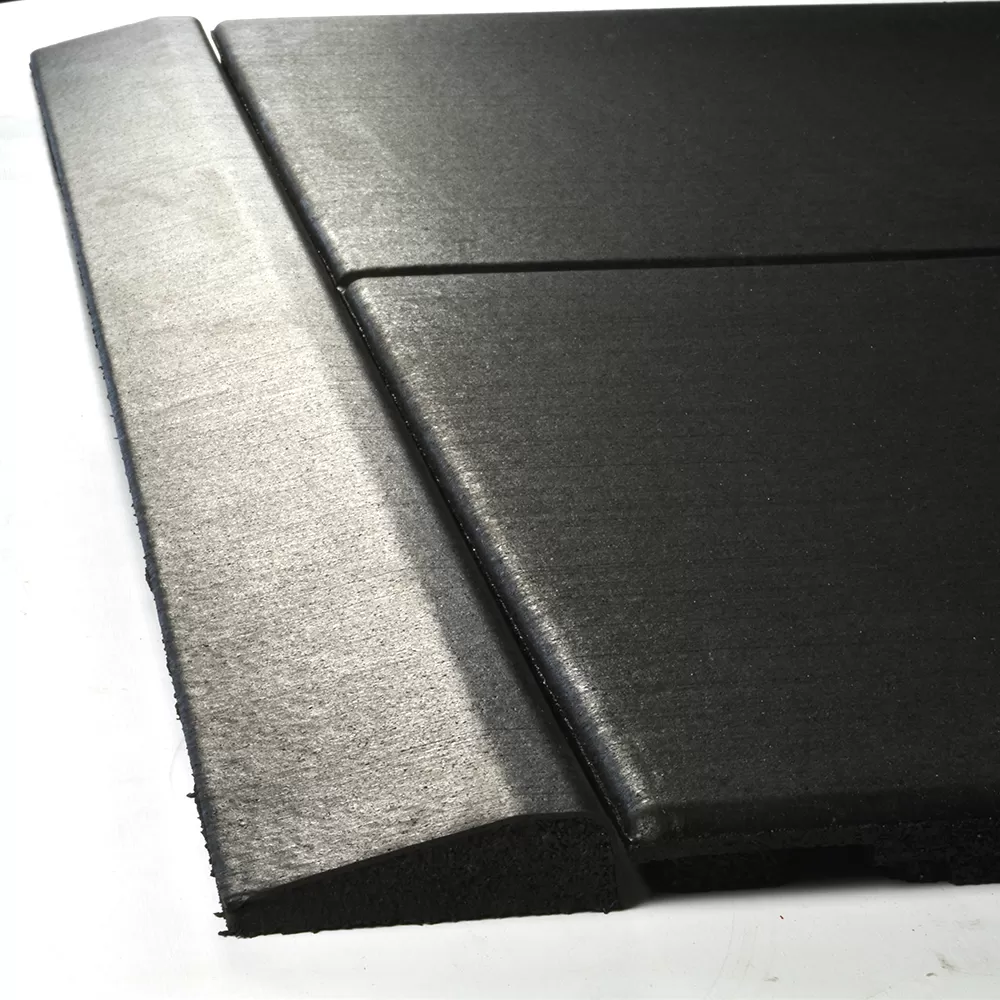 Greatmats offers a number of reducer ramps too, which are ideal when you’re using a dance floor product that does not ship with its own border ramps but that has a dance flooring thickness that creates a tripping hazard.
Greatmats offers a number of reducer ramps too, which are ideal when you’re using a dance floor product that does not ship with its own border ramps but that has a dance flooring thickness that creates a tripping hazard.
Fitting the Available Space
To further reduce the possibility of someone tripping over the flooring you have installed, you could create a wall to wall installation rather than an island installation.No matter what dance flooring thickness you’ve created with a wall to wall installation, there will not be an exposed border edge that could cause someone to stumble. (You still must be aware of the door clearance you need when installing a wall-to-wall floor.)
For a wall-to-wall installation, you may need to cut the edge of the floor to fit the available space. Thin marley vinyl flooring is easily cut with a sharp utility knife and a straight edge.
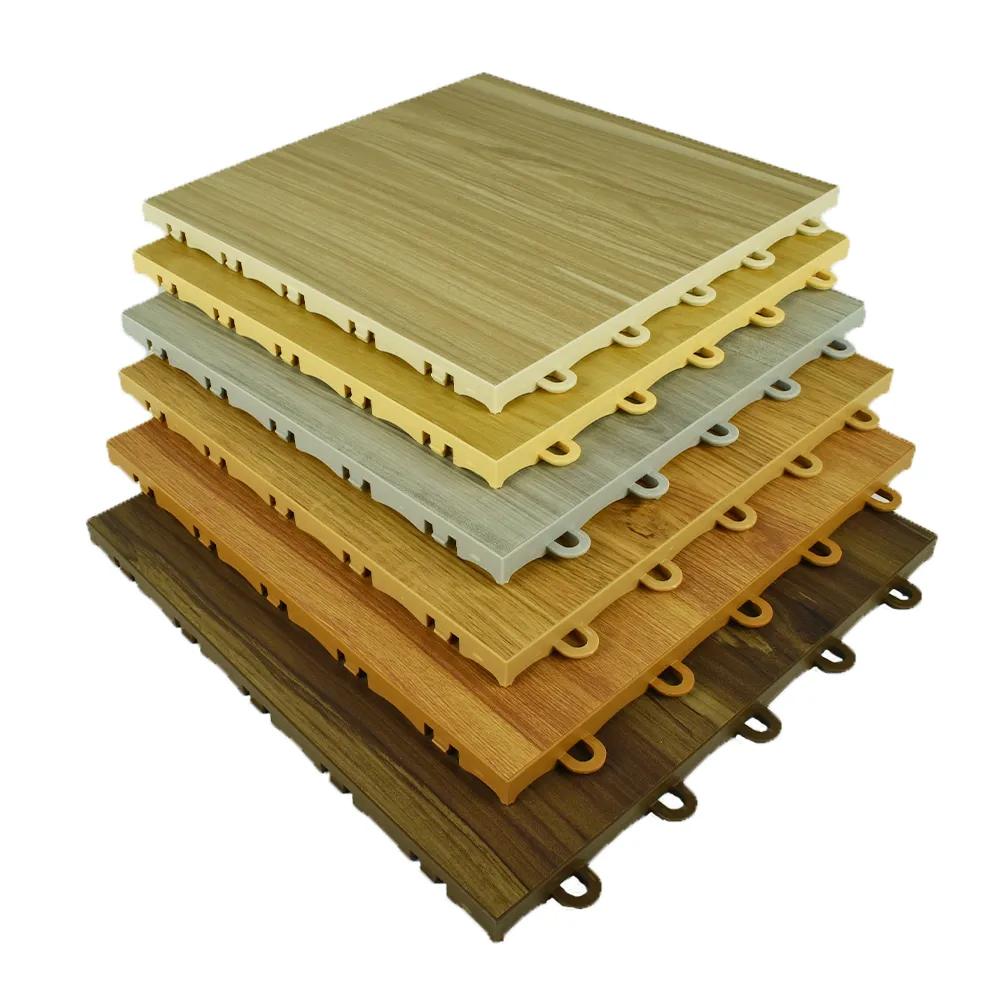 You also can cut tiles to fit when using a product like the Portable Dance Floor Tile. These tiles measure 5/8 inches in thickness. You can use a utility knife to cut them to fit a specific space, but a power saw will be easier.
You also can cut tiles to fit when using a product like the Portable Dance Floor Tile. These tiles measure 5/8 inches in thickness. You can use a utility knife to cut them to fit a specific space, but a power saw will be easier.
Count on Greatmats to give you multiple dance flooring thickness product choices to match your needs at home or at the studio.
